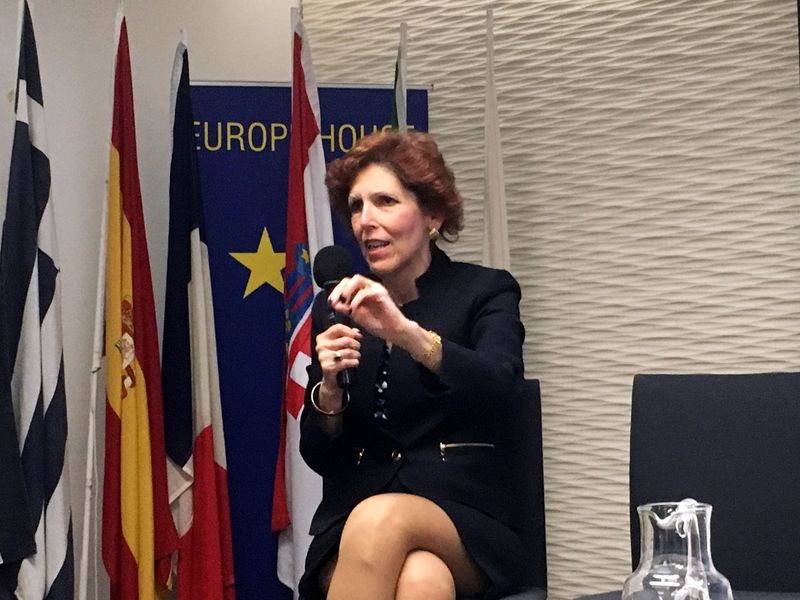By Michael S. Derby
(Reuters) - Federal Reserve Bank of Cleveland President Loretta Mester said Thursday that while there are some new hopeful signs of moderating inflation, the main risk still facing the U.S. central bank is that it doesn’t act aggressively enough to tame very high price pressures.
“Given the current level of inflation, its broad-based nature, and its persistence, I believe monetary policy will need to become more restrictive and remain restrictive for a while in order to put inflation on a sustainable downward path to 2%,” Mester said in a speech text.
The official, who holds a voting role on the rate setting Federal Open Market Committee, did not say how big an increase she’d like the Fed to take at its December policy meeting. She also isn’t sure how far the Fed needs to go with pushing rates higher, saying that depends on what happens with inflation, which remains high.
Mester said the Fed faces a challenging trade-off between lifting rates too much or too little. But for her, “despite the moves we have made so far, given that inflation has consistently proven to be more persistent than expected and there are significant costs of continued high inflation, I currently view the larger risks as coming from tightening too little.”
Mester spoke in the wake of the release of data that showed a bigger-than-expected moderation in consumer level inflation in October. The report drove many analysts to speculate that inflation trends are finally starting to moderate. Fed officials who spoke earlier Thursday said more rate rises were in the cards but like other policymakers over recent days, they said it’s possible the Fed may be able to lower rates more slowly over coming months.
Mester said the news was good on the inflation data but it’s just the start of what’s needed.

“This morning’s October CPI report also suggests some easing in overall and core inflation,” she said, while adding “there continue to be some upside risks to the inflation forecast.” Mester added she expects to see a “meaningful” slowdown in price pressures next year and after and a return to the 2% inflation target by 2025.
Mester reiterated that market volatility and broader economic pain could result from the Fed’s efforts to bring inflation down. She also said it’s possible growth might turn negative as well.